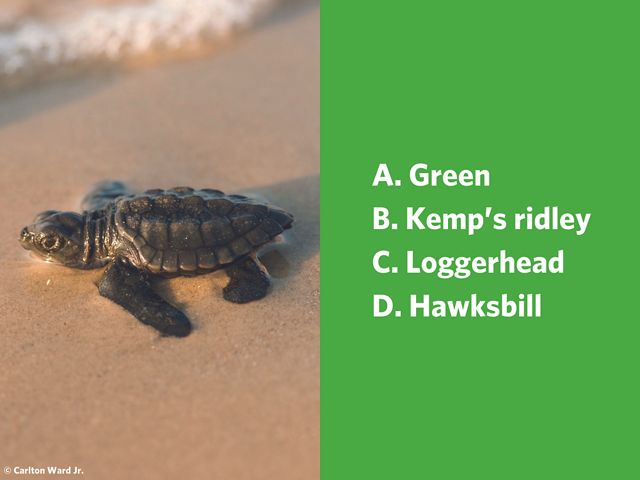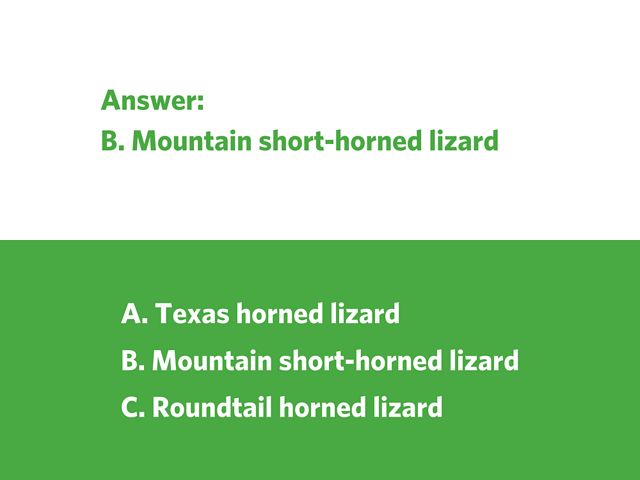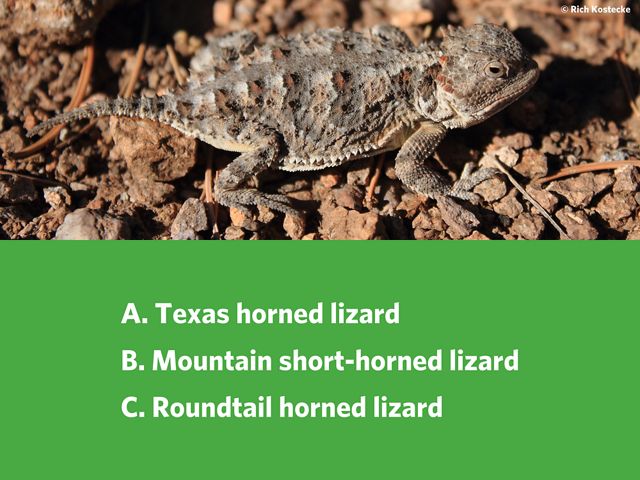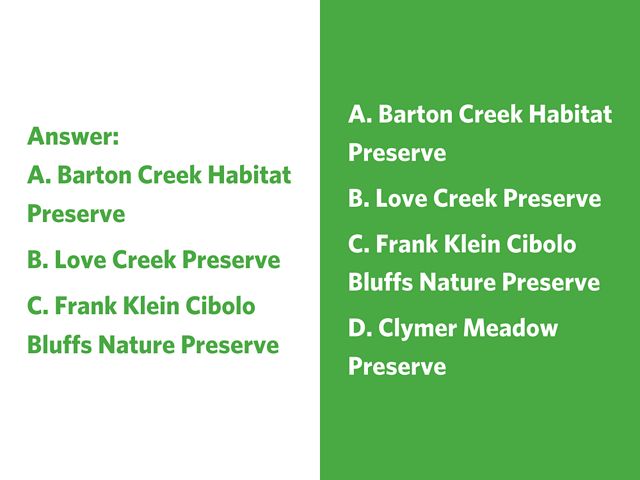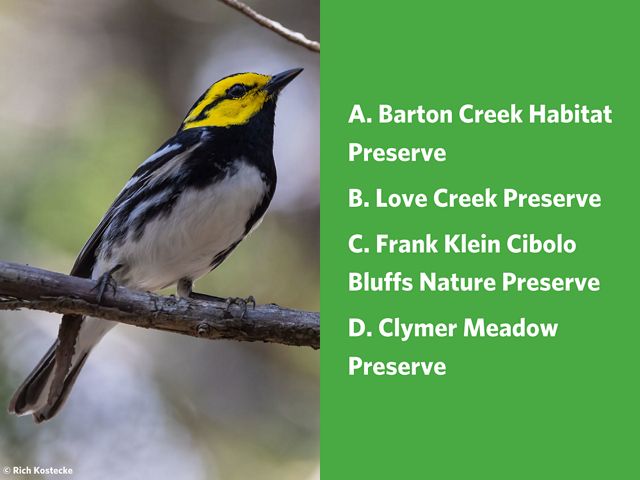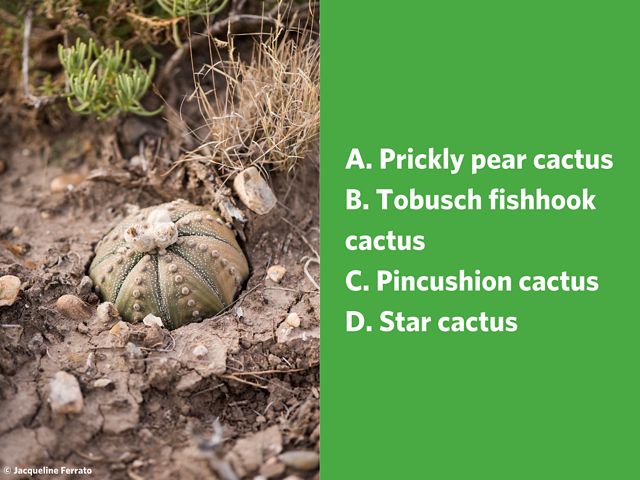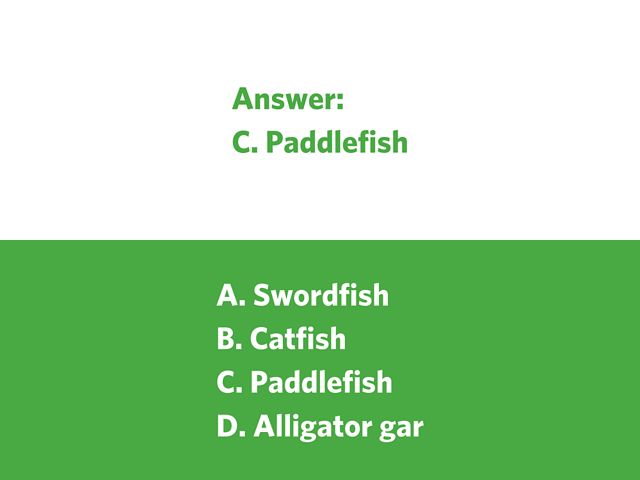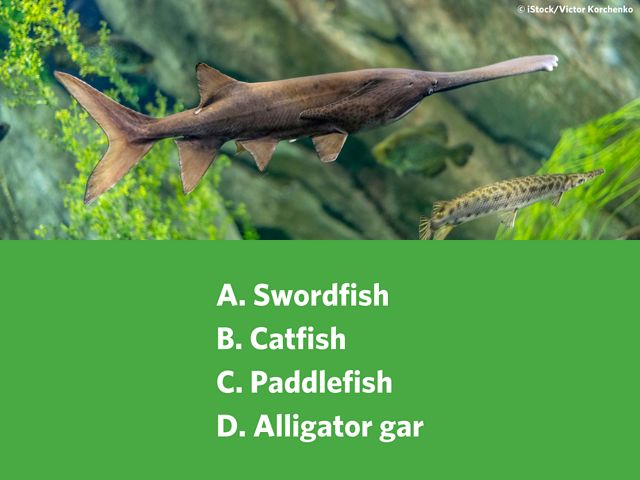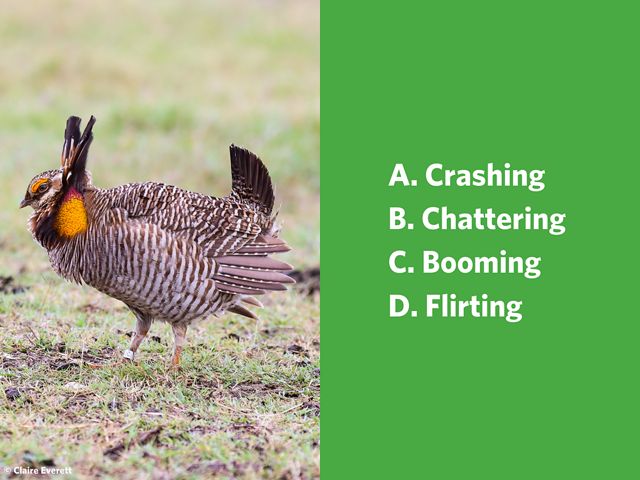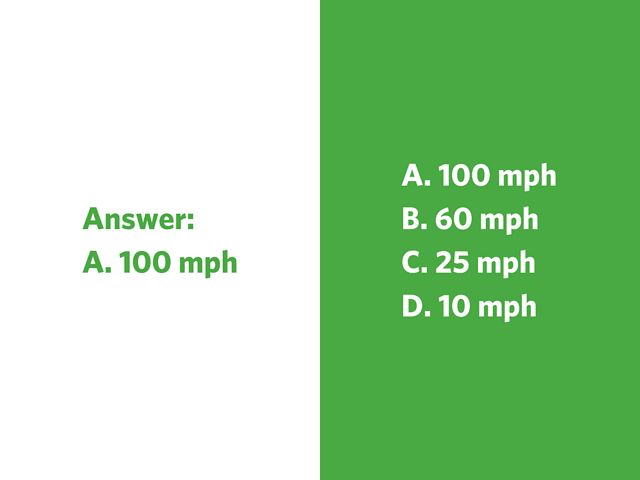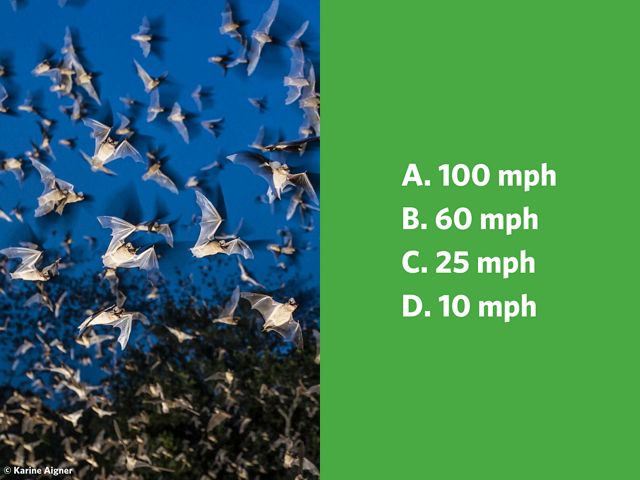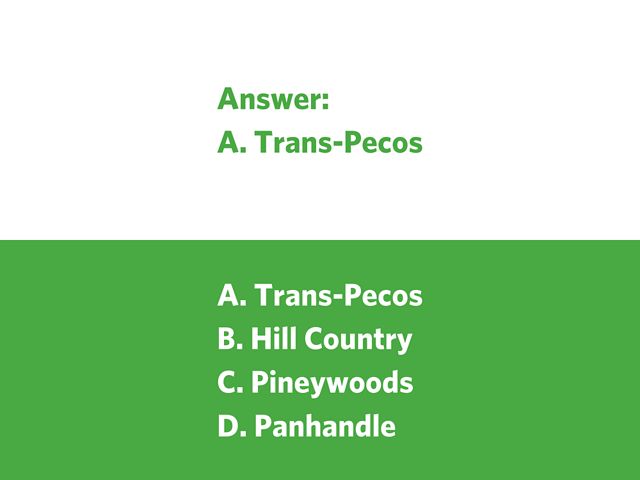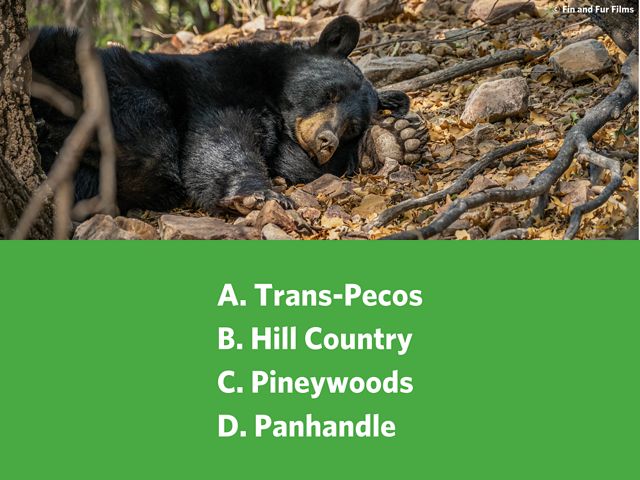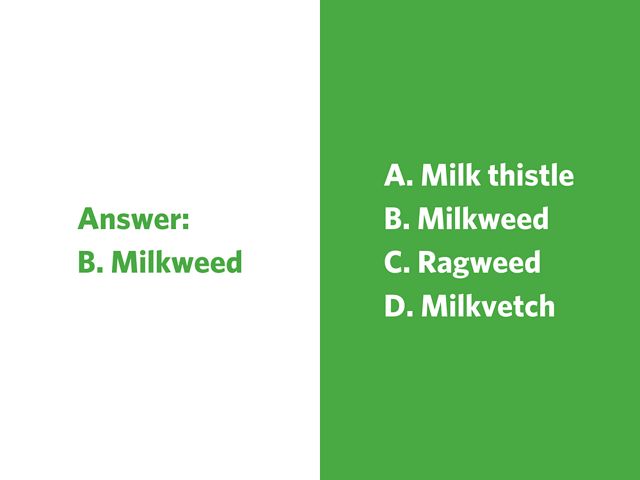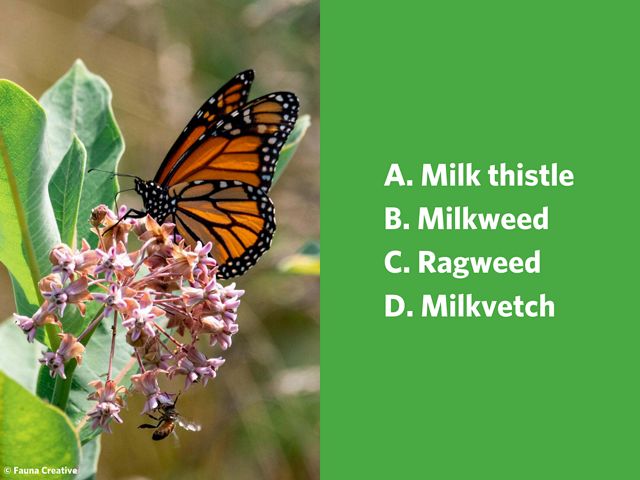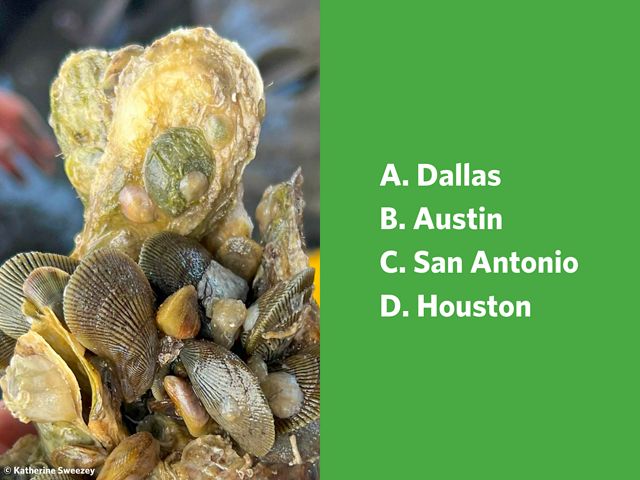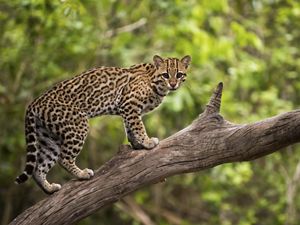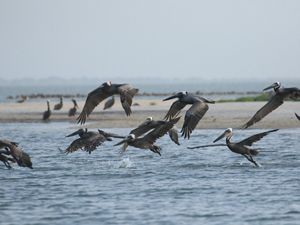A Bounty of Biodiversity
Exploring the rare, threatened and endangered species of Texas and the legacy of the Endangered Species Act.
The Lone Star State is home to tens of thousands of native animal and plant species throughout its varied landscapes. We're talking everything from trees and forbs to bugs and birds to charismatic megafauna and slimy, scaly things—and they all have a place and role to play in nature. But as the climate crisis continues to intensify, species are feeling the strain. Habitats are shifting or disappearing altogether, making it harder for the flora and fauna we know and love to survive.
Bipartisan legislation like the Endangered Species Act (ESA) has helped lay a foundation for recovery and protection efforts. While the ESA has saved 99% of listed species from extinction (nearly 300 species in total), state fish and wildlife agencies have identified more than 12,000 across the nation that still need conservation help now. It’s critical that we invest in the right science, funding and policies—like the Recovering America’s Wildlife Act—before it’s too late.

The State of Species in Texas
In Texas, experts have identified more than 1,300 Species of Greatest Conservation Need in the state—species that are declining or rare and need help to recover. Fragmentation and loss of habitat are some of the greatest threats to our biodiversity. As the state expands, investing in natural and green infrastructure is one of the best ways to ensure that species have the habitat they need to thrive alongside growing communities.
Across Texas, our work aims to connect landscapes, restore habitat and advance recovery efforts for many Lone Star plants and animals. In fact, every strategy that guides our work includes biodiversity benefits or outcomes to support several of the 100+ species listed as either threatened or endangered. Already, numerous species have begun to make a comeback from the brink of extinction thanks to the concerted efforts of state agencies and other partners—but we can’t stop here. As our great state flourishes, we need to preserve our natural heritage so that the species of today don’t fade into Texas lore and legend.
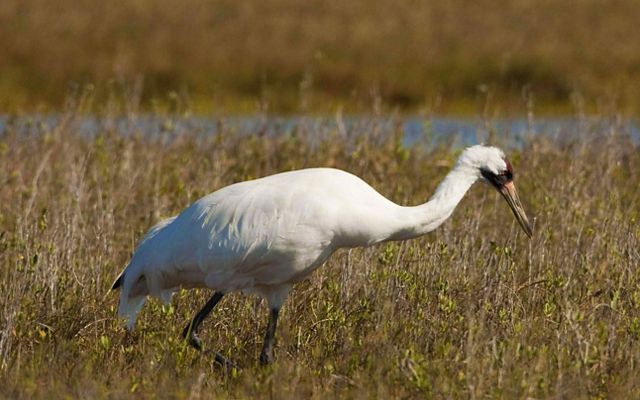
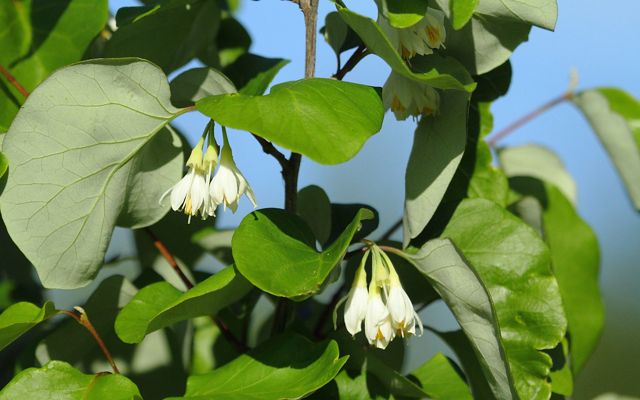
Biodiversity Abounds
Put your knowledge to the test with this quiz about the species we support through our conservation initiatives in Texas!
Scoring
Tally up how many questions you answered correctly, and see how you rate:
Nature Novice (1-3 questions)
You're just starting your journey into the wonders of nature! Your curiosity is evident, and you're taking steps to appreciate the plants and wildlife around you. Head outside to keep observing and learning about Lone Star species.
Species Specialist (4-6 questions)
Your knowledge of Texas’ specific plants and animals is impressive. You're developing a keen eye for detail and can identify various species with confidence. You likely spend your free time on iNaturalist when you visit local parks. Keep honing your expertise!
Biodiversity Buff (7-10 questions)
Your knowledge of flora and fauna is extensive, and you're likely a go-to person for questions about the natural world; perhaps you’re even a Texas Master Naturalist. You’re probably already planning your next trip to a Texas State Park. Continue growing and sharing your passion for biodiversity!
Thanks for playing!
We Can’t Save Nature Without You
Sign up to receive monthly conservation news and updates from Texas. Get a preview of Texas' Nature News email.



